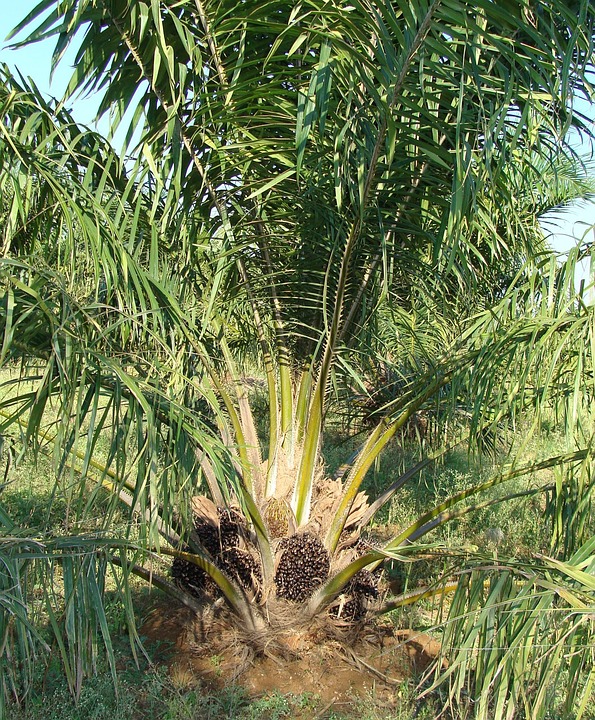Introduction
Palm oil is one of the most widely used vegetable oils in the world, with a variety of applications in food, cosmetics, and biofuels industries. The process of harvesting and processing palm fruits into crude and refined oil involves several stages that require precision and expertise. In this report, we will delve into the detailed process of how palm fruits are harvested and processed, highlighting the key steps involved in obtaining the final product.
Harvesting Palm Fruits
Harvesting Stage
The harvesting of palm fruits is a labor-intensive process that involves skilled workers climbing the palm trees to cut down bunches of ripe fruits. These fruits are then collected and transported to the processing plant for further steps. The timing of harvesting is crucial as it directly impacts the quality and quantity of oil extracted from the fruits.
Sustainability Practices
Many companies in the palm oil industry have adopted sustainable harvesting practices to minimize environmental impact and ensure long-term viability. This includes adhering to strict regulations on deforestation, wildlife protection, and labor rights. Sustainable palm oil certification programs such as RSPO (Roundtable on Sustainable Palm Oil) have been established to promote responsible production practices.
Processing Palm Fruits into Crude Oil
Extraction Stage
Once the palm fruits are harvested, they undergo a series of processing steps to extract the crude oil. The fruits are first sterilized to deactivate enzymes and prevent spoilage. They are then mechanically pressed to release the oil from the pulp. The resulting mixture of oil and palm kernel cake is further processed to separate the oil from the solids.
Refining Stage
The crude palm oil obtained from the extraction stage contains impurities and undesirable components that need to be removed through refining. This process involves degumming, bleaching, and deodorization to produce refined palm oil suitable for consumption. The refined oil is then packaged and distributed to various industries for further processing.
Financial Data and Industry Insights
Market Trends
The palm oil industry is a multi-billion-dollar market with significant global demand. Indonesia and Malaysia are the largest producers of palm oil, accounting for the majority of global production. The industry is influenced by factors such as weather conditions, government policies, and consumer preferences.
Key Players
Some of the major players in the palm oil industry include Wilmar International, Sime Darby Plantation, and Golden Agri-Resources. These companies have a significant presence in the market and play a key role in the production and distribution of palm oil products worldwide.
Financial Performance
According to industry reports, the global palm oil market was valued at over $60 billion in 2020, with a projected growth rate of 5% over the next five years. The profitability of palm oil companies is influenced by factors such as oil prices, production costs, and market demand.
Conclusion
In conclusion, the process of harvesting and processing palm fruits into crude and refined oil involves several intricate steps that require expertise and adherence to quality standards. The palm oil industry continues to be a significant player in the global market, with growing demand for sustainable and responsibly produced palm oil products. By understanding the intricacies of palm oil production, companies can ensure efficient processing and delivery of high-quality palm oil to meet consumer needs.




